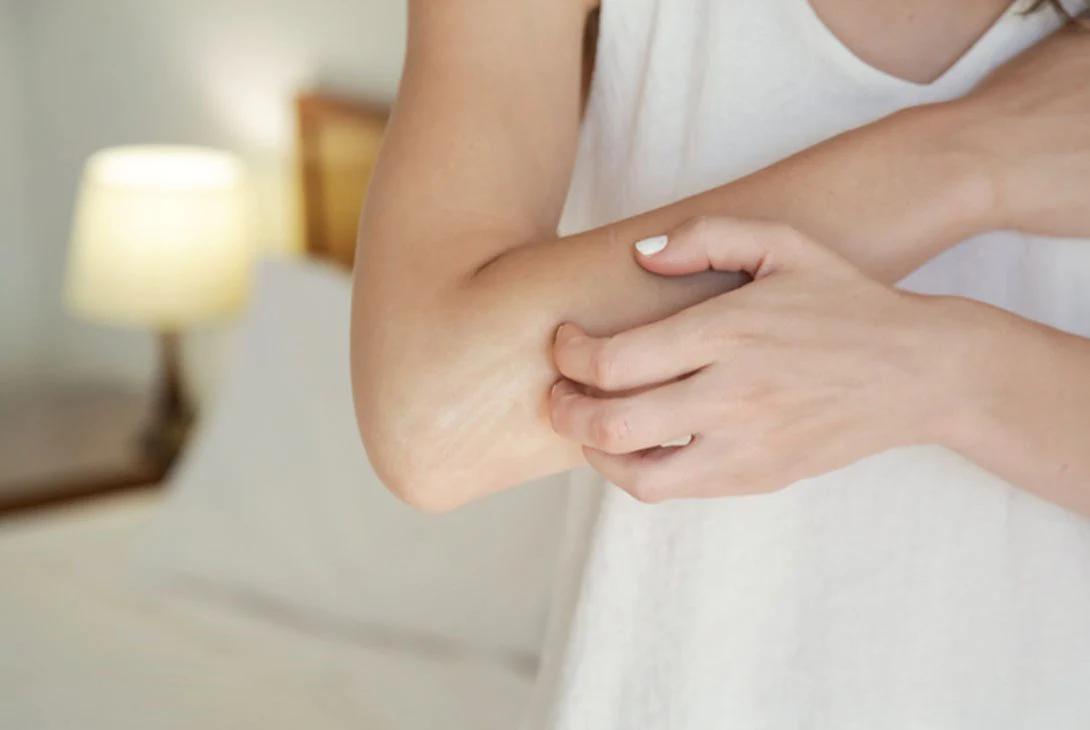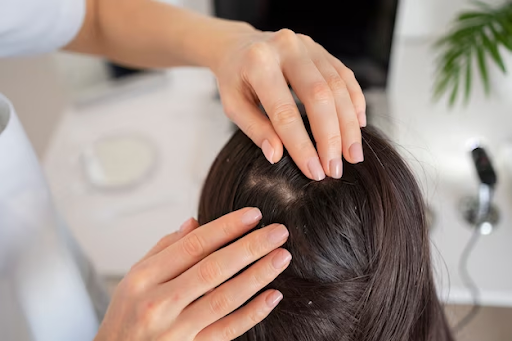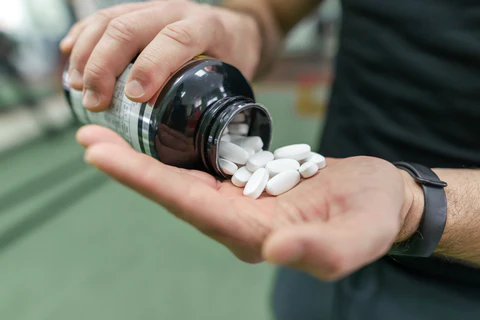The most common form of eczema is atopic dermatitis. This inflamed, itchy skin condition can interfere with sleep, socializing, and many other activities.
If home remedies such as gentle cleansing and regular moisturizing don’t provide relief, your doctor might recommend a prescription treatment to apply to your skin.
Commonly affected areas include the face, hands, feet, and skin folds of the elbows or behind the knees. When the itch-scratch cycle continues, the rash worsens. The skin may tear, ooze, and crust over, which can be painful.
Which skin treatments were more effective in the study?
Topical Calcineurin Inhibitors:
Pimecrolimus (Elidel) and Tacrolimus (Protopic) were among the most effective treatments. Pimecrolimus helped improve six of seven patient outcomes, significantly reducing sleep disturbances and flare-ups. High-dose Tacrolimus (0.1%) improved five outcomes, especially itch relief and reduction of flare-ups.
Moderate-Potency Topical Corticosteroids:
This group, including fluocinolone acetonide (Synalar) and triamcinolone acetonide (Kenalog), effectively managed itch and flares while minimizing serious side effects. These steroids improved four to six of the seven main patient outcomes and are commonly prescribed for their balance of effectiveness and manageable side effects.
Dosage Frequency:
A surprising finding showed that applying topical creams once daily was nearly as effective as the traditional twice-daily regimen. This could enhance convenience and adherence without sacrificing results.
Less Effective Treatments:
Topical antibiotics were found to be among the least effective treatments for eczema in studies.


